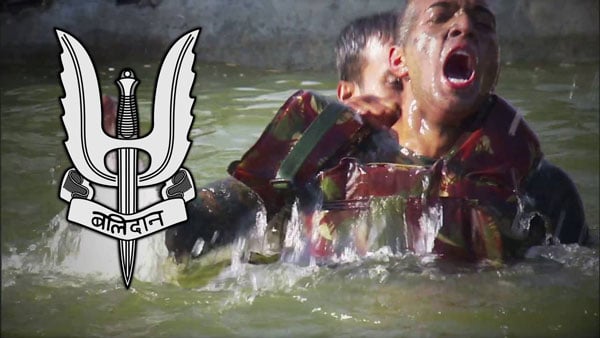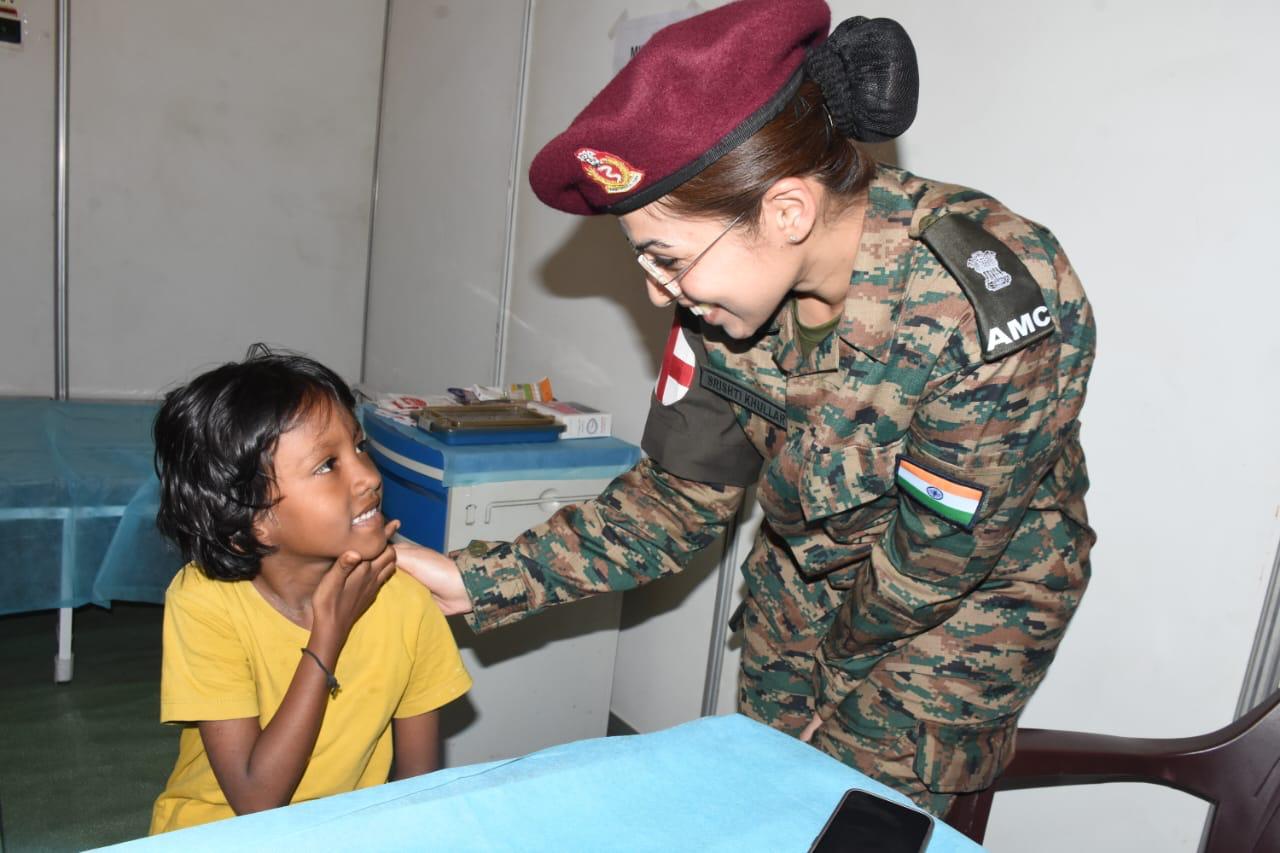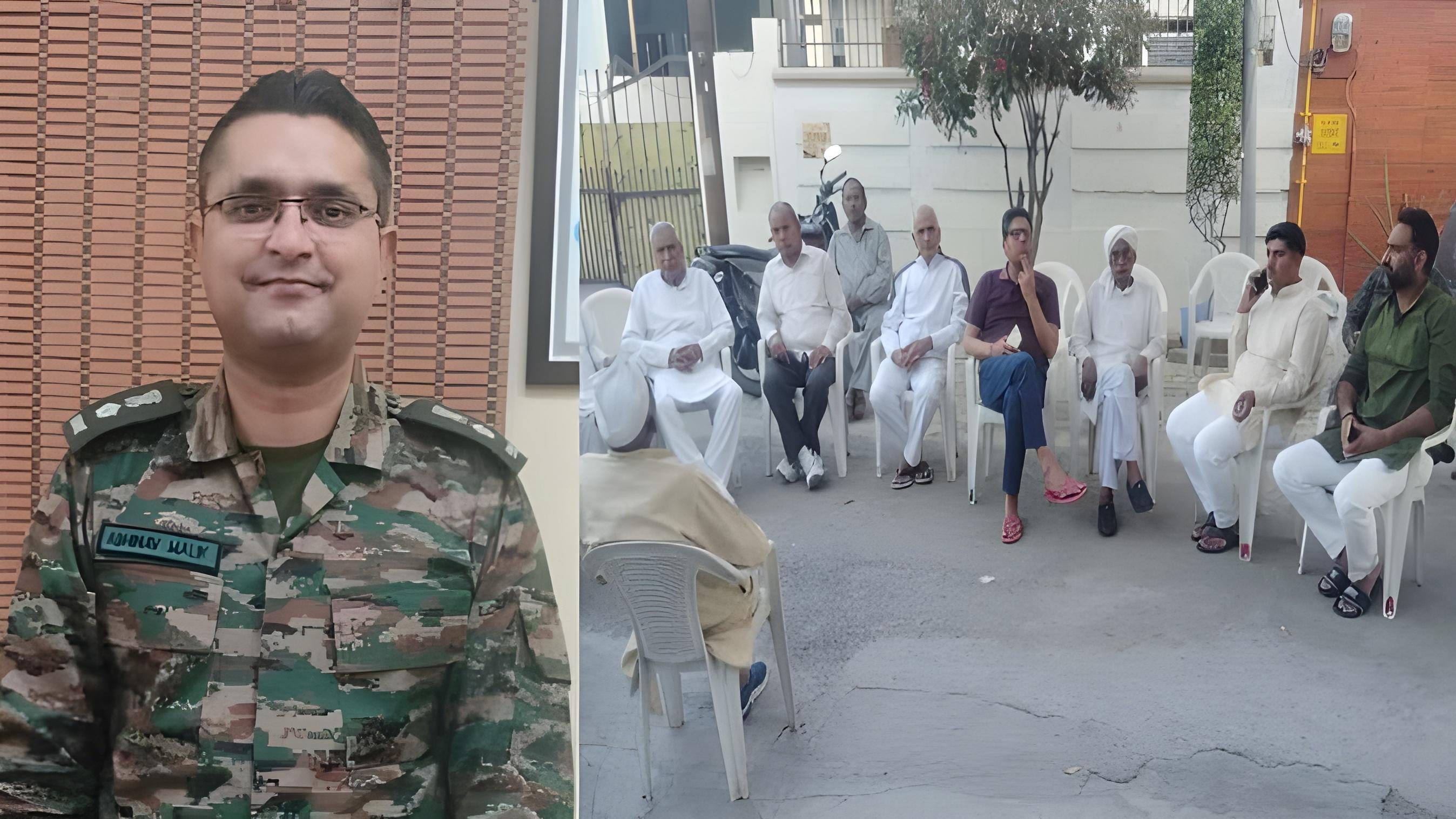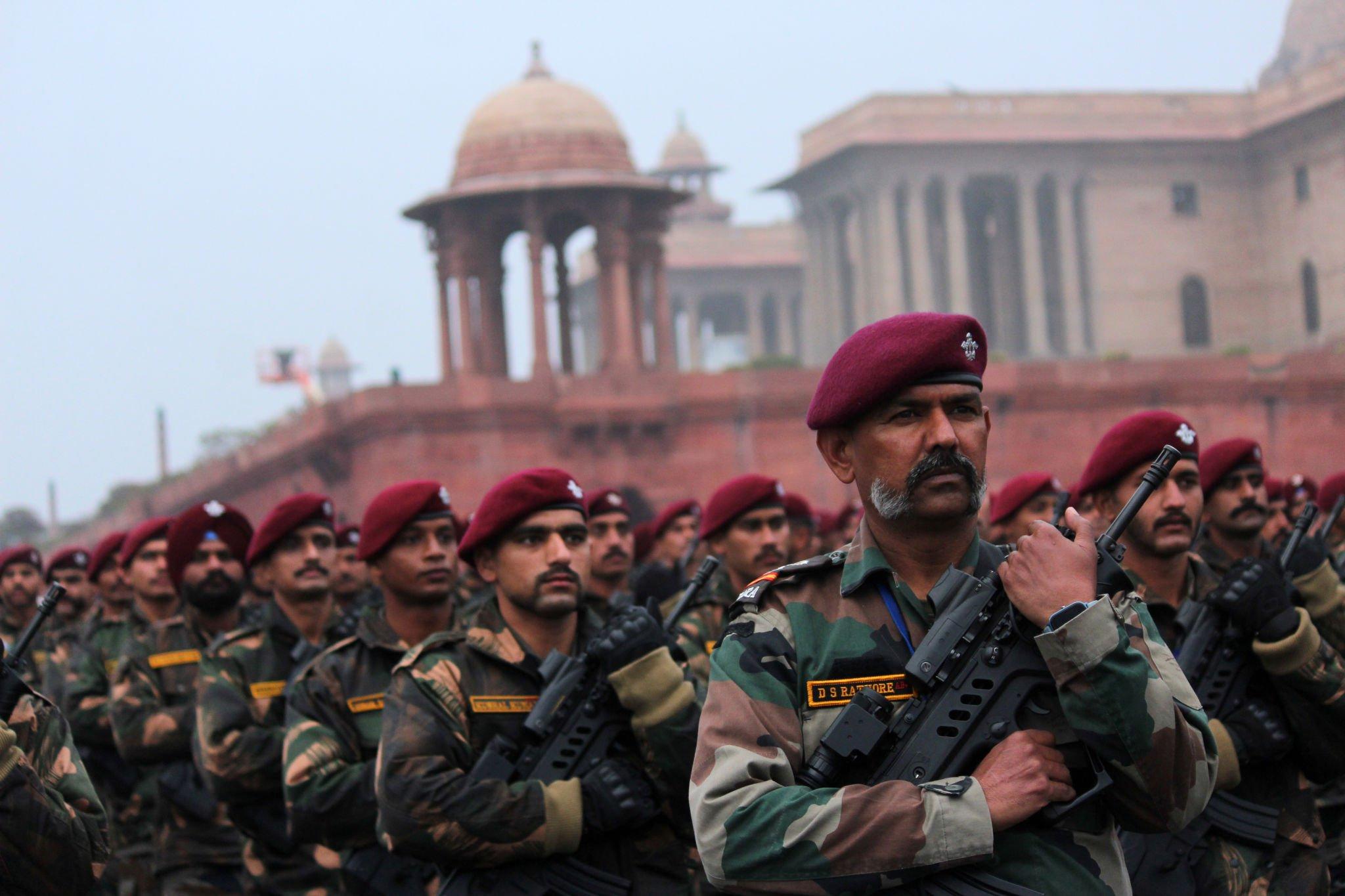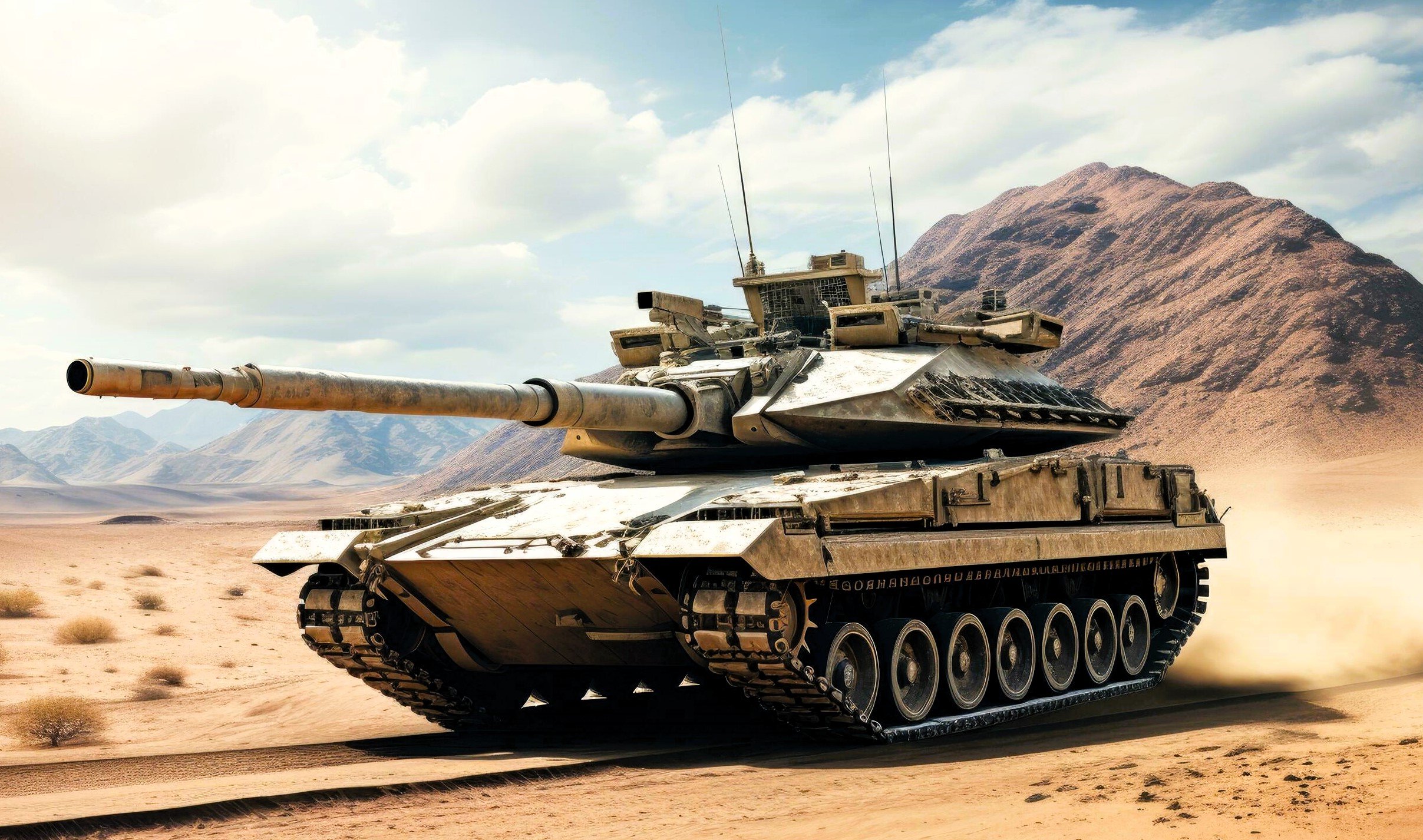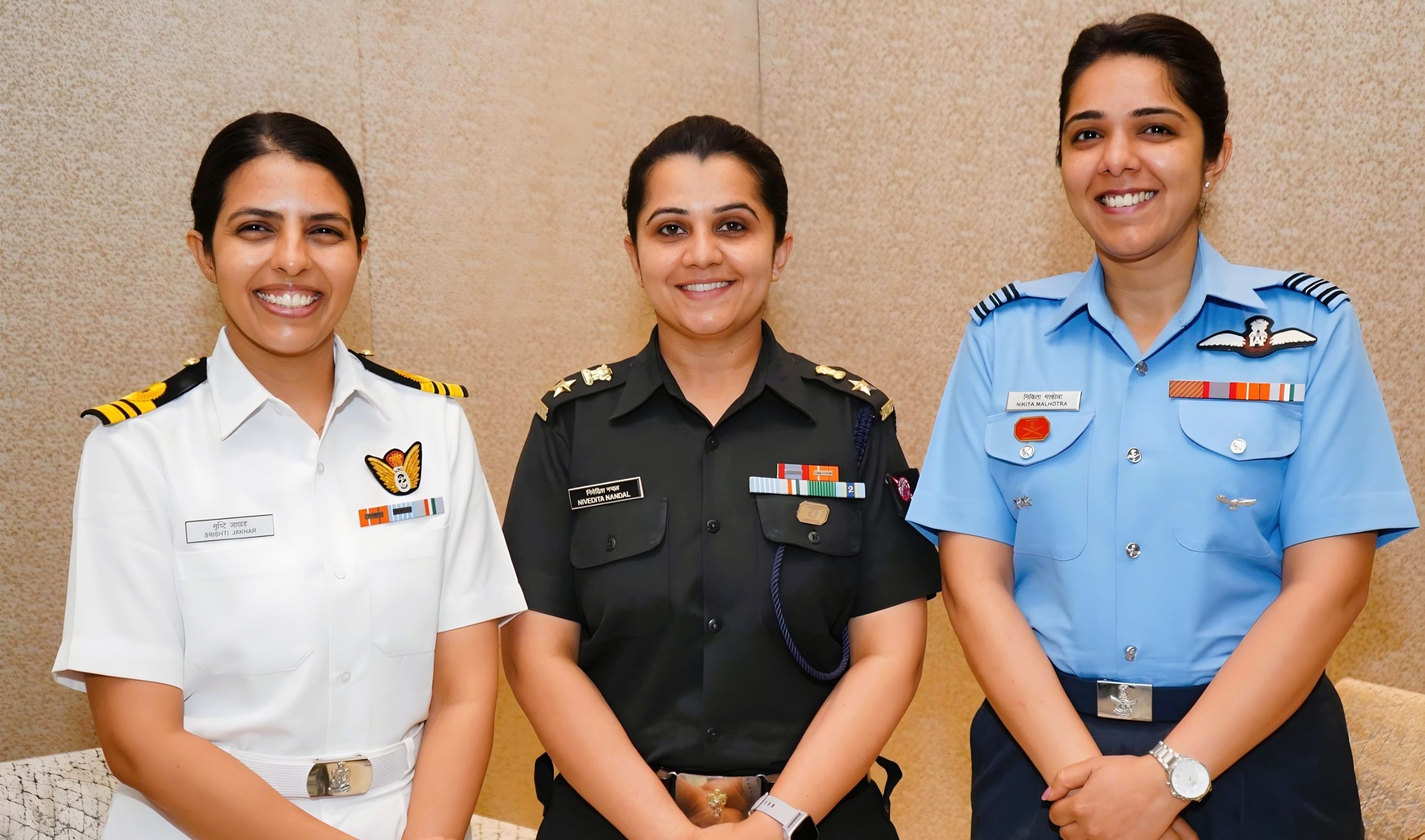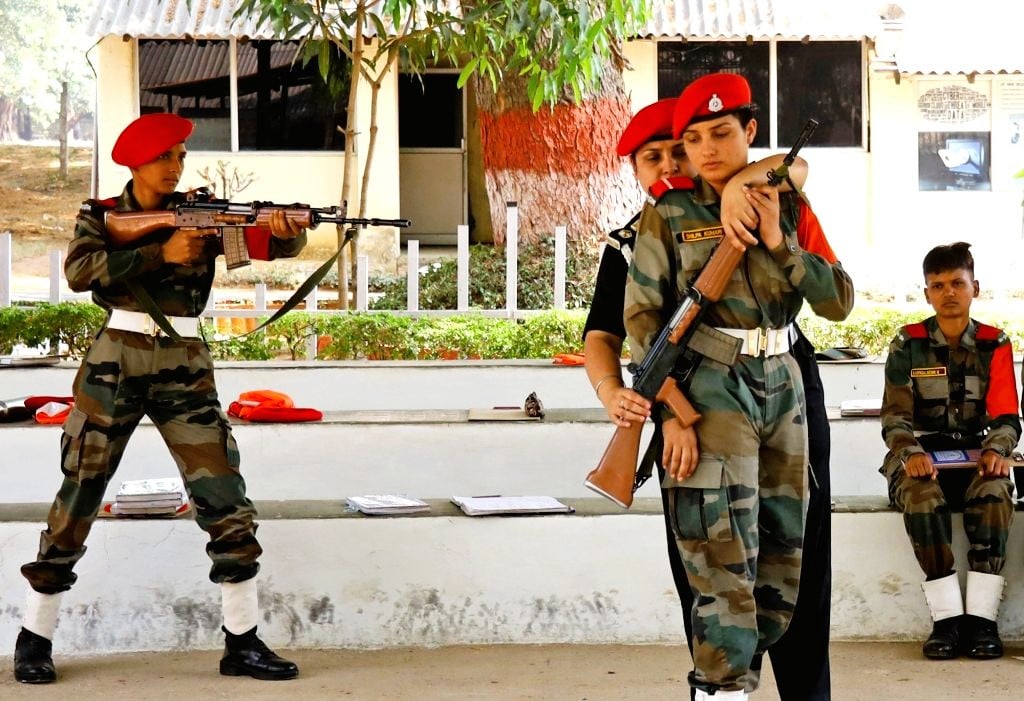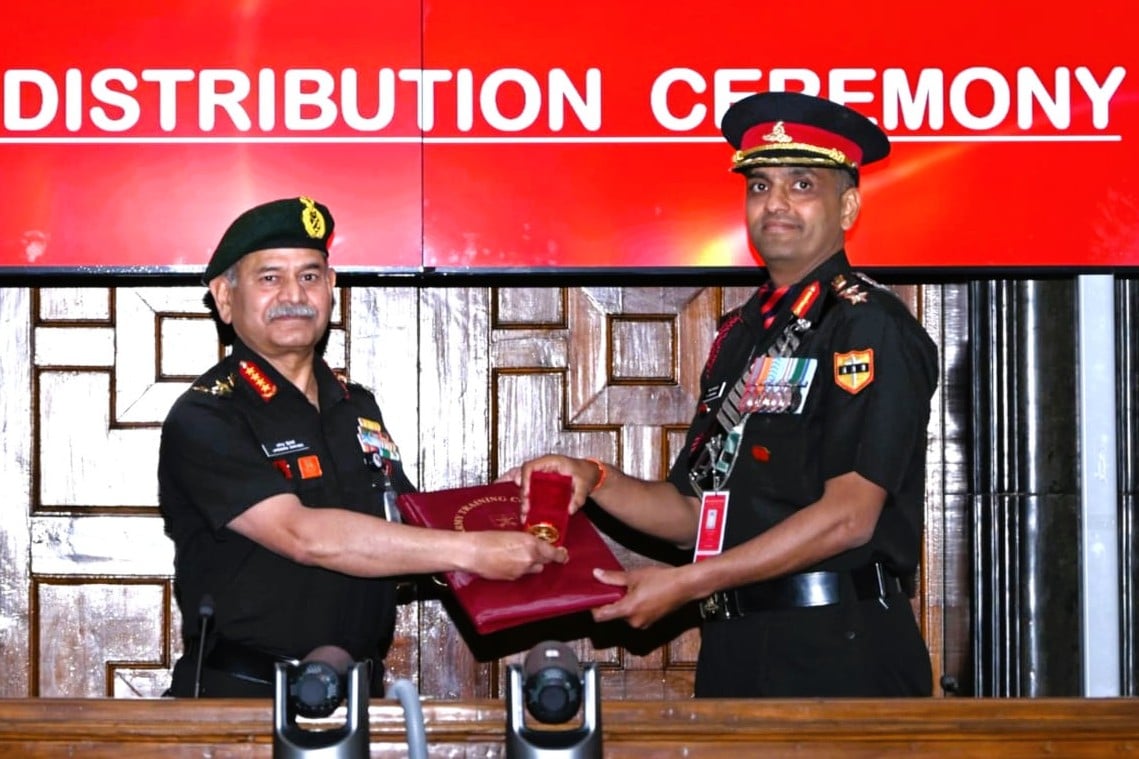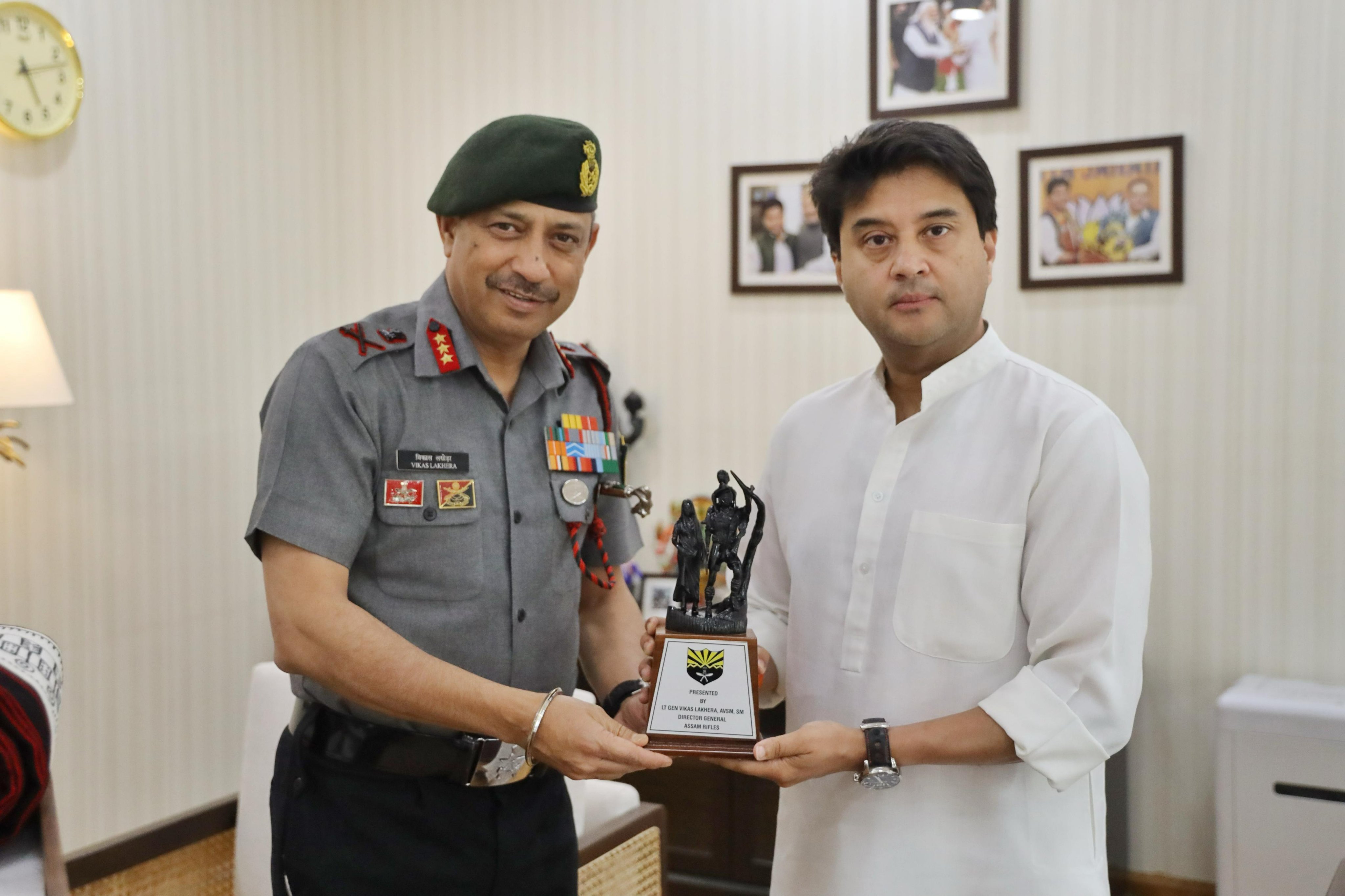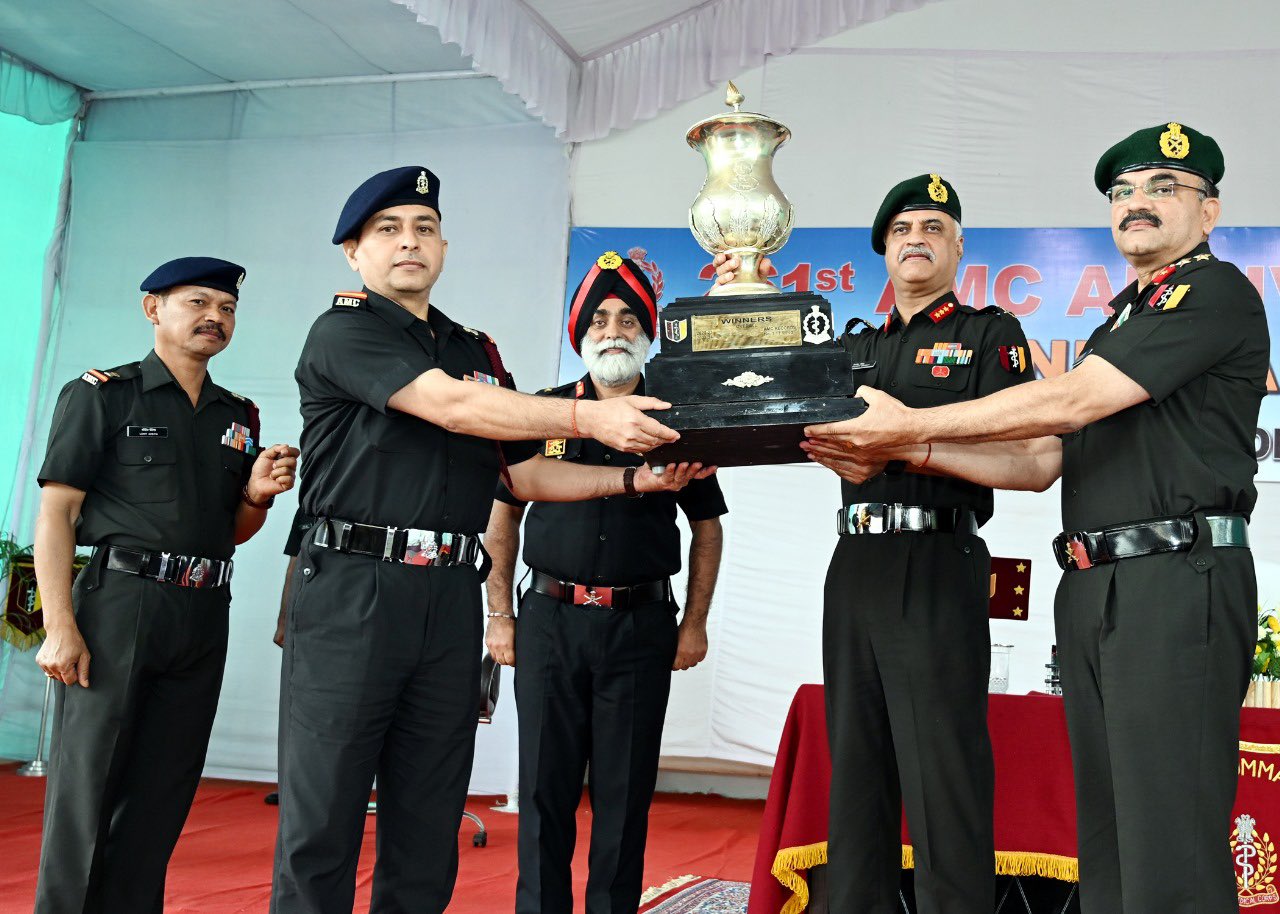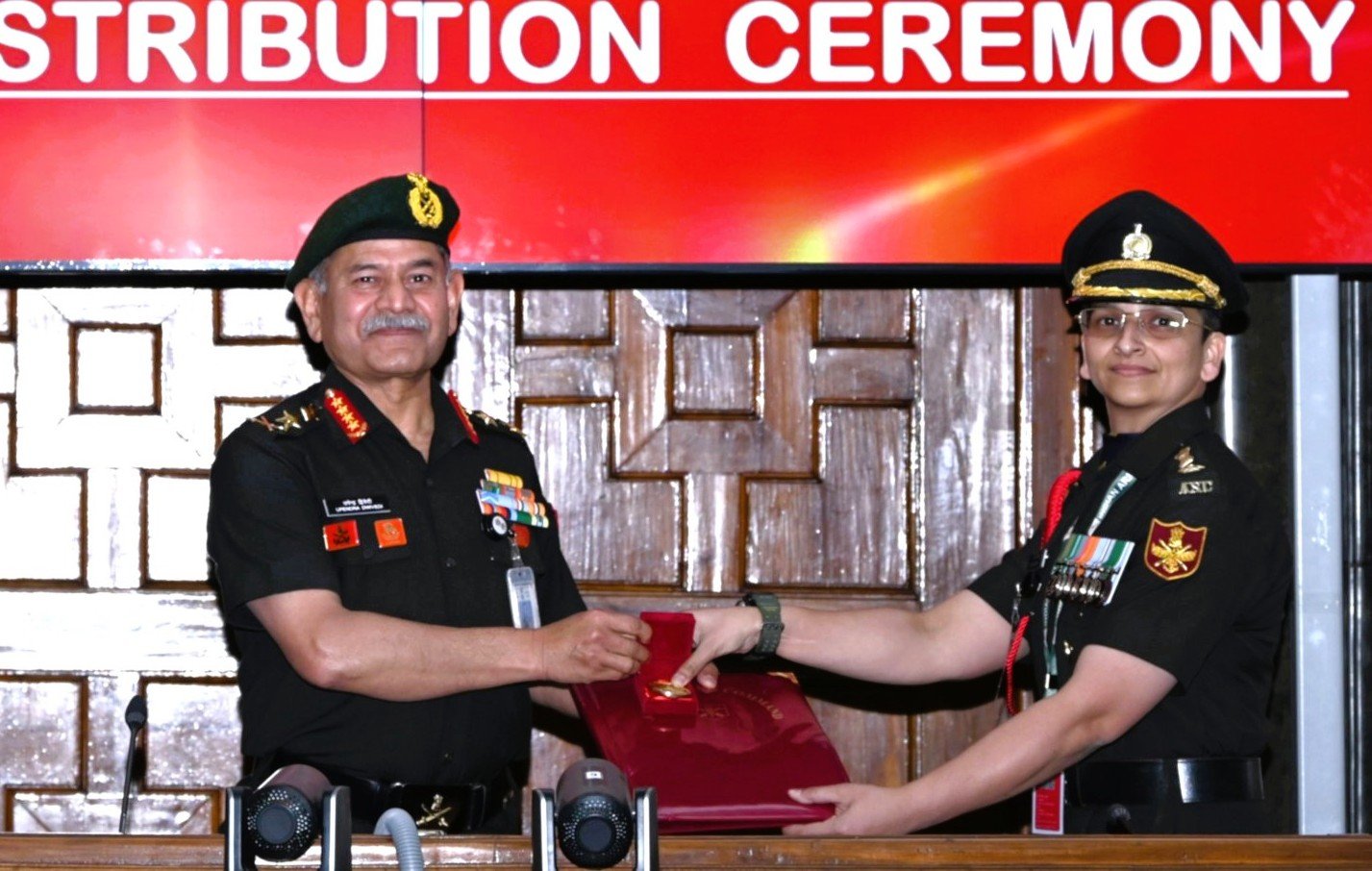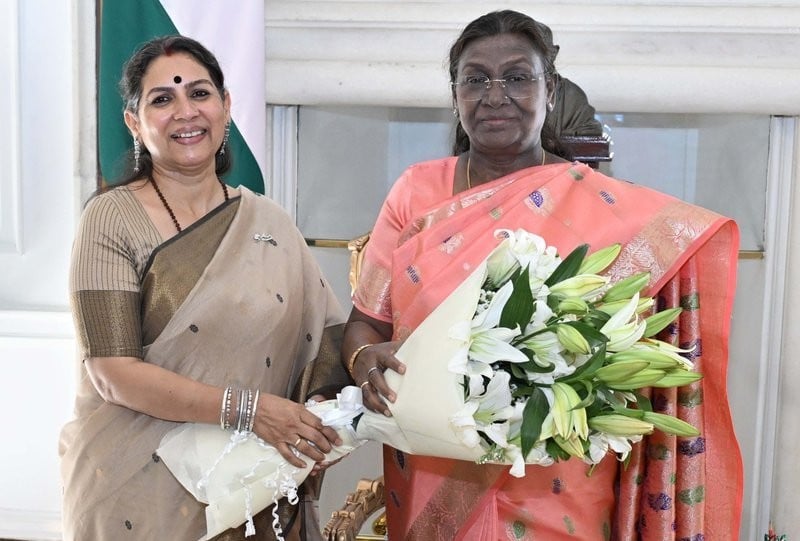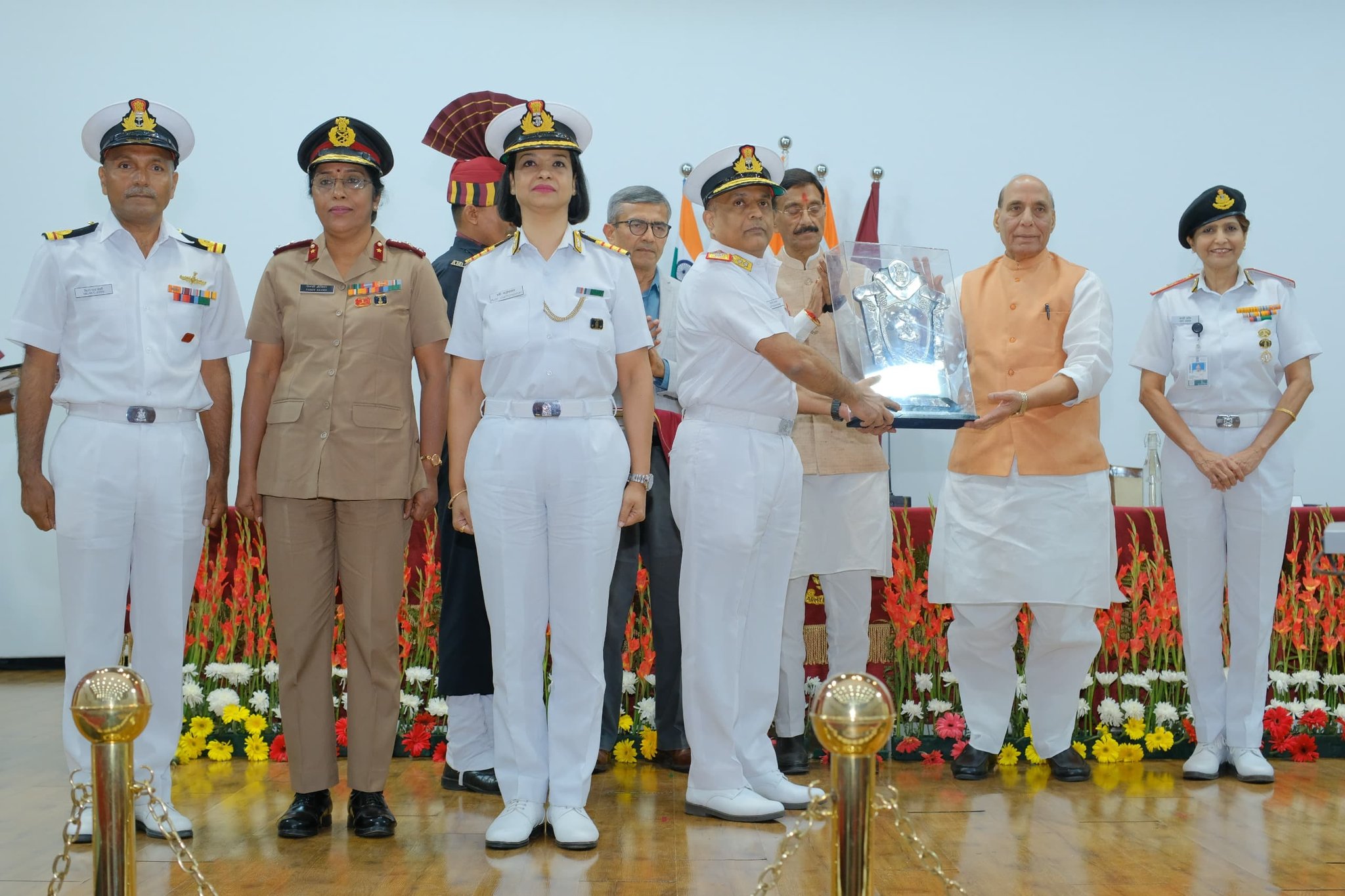A large number of training institutions in the Defence Sector work in coordination with one another. The important ones are described in the following paragraphs.
1. SAINIK SCHOOLS
The Sainik Schools were established as a joint venture of the Central and State Governments. These are under the overall governance of Sainik Schools Society. At present, there are 24 Sainik Schools located in various parts of the country. The Schools are affiliated to CBSE. Sainik School at Rewari is the latest one started in March, 2009.
The objectives of Sainik Schools include bringing quality public school education within the reach of the common man, all round development of a child’s personality and to remove regional imbalance in the officer’s cadre of the Armed Forces. The number of cadets joining the National Defence Academy is on the rise in keeping with the primary aim of establishing of Sainik Schools to prepare boys academically, physically and mentally for entry into the National Defence Academy.
Sainik Schools admit boys into classes VI and IX. Their age should be 10 – 11 years for classes VI and
13 – 14 years for class IX as on July 1st of the year in which admission is sought. Admissions are made strictly in the order of merit on the basis of an All India Entrance Examination held in January each year.
The Sainik Schools Society has taken a number of measures to achieve academic excellence which have also resulted in achieving record higher board and NDA results. As on date, more than 8,200 officers of the Defence Forces are alumni of Sainik Schools.
2. RASHTRIYA MILITARY SCHOOLS (RMS)
There are five Rashtriya Military Schools in the country at Belgaum and Bangalore in Karnataka, Chail in Himachal Pradesh and Ajmer and Dholpur in Rajasthan. The youngest Rashtriya Military School is at Dholpur established on July 16, 1962. These schools are affiliated to CBSE. These schools aim to provide quality education to the boys and prepare them to join Defence Services.
Rashtriya Military Schools admit boys in Class VI and Class IX through a Common Entrance Test. The candidates are tested in four subjects i.e. English, Mathematics, Intelligence and General Knowledge. 70% of the seats in RMS are reserved for the wards of Junior Commissioned Officers/ other ranks, the remaining 30% seats are filled by wards of Commissioned Officers and civilians.
3. NATIONAL DEFENCE ACADEMY (NDA)
The National Defence Academy (NDA) is the country’s premier inter- service training institution. It has the unique distinction of being one of the first institutions in the world to impart combined training to officer cadets of the Armed Forces.
The three years course at the NDA is covered in six semesters during which a bond of friendship and respect for each other’s service develops. On conclusion of this training, the cadets proceed to their respective Service Academies for further training before being commissioned as officers in the Armed Forces.
4. RASHTRIYA INDIAN MILITARY COLLEGE (RIMC)
Rashtriya Indian Military College (RIMC) was established in 1922 with the aim to prepare selected boys to join National Defence Academy (NDA) and Naval Academy (NAVAC). 25 cadets are admitted in each term twice a year (January and July) on the basis of All India Entrance Examination without any reservation.
Selection of boys for RIMC is through a written examination cum viva voce conducted through the State Governments. Seats for respective States are reserved based on population. The College admits boys in Class VIII.
5. INDIAN MILITARY ACADEMY (IMA), DEHRADUN)
Founded in 1932, Indian Military Academy, Dehradun aims at the fullest development of intellectual, moral and physical qualities of persons joining the Army as officers. The various modes of entry into IMA are:
- On graduation from NDA.
- On graduation from Army Cadet College, which is a Wing of the IMA itself.
- Direct Entry graduate cadets, who qualify the Union Public Service Commission Exam and get through the Service Selection Board.
- For Technical Graduate’s Course.(TGC)
- Under University Entry Scheme (UES) for engineering college students in Final/ Pre-Final year of studies.
- Through 10+2 Technical Entry Scheme (TES)
The IMA also imparts training to Gentlemen Cadets from friendly countries.
6. OFFICER TRAINING ACADEMY (OTA), CHENNAI
Established in 1963, the Officers Training School (OTS) was re-designated as Officers Training Academy (OTA) from January 1, 1988 on completion of 25 years of its existence. Its main task before 1965 was to train Gentlemen Cadets for grant of Emergency Commission. From 1965 onwards, the Academy trains cadets for Short Service Commission.
With the entry of women officers in the Army since September 21, 1992, around 100 lady officers now get commissioned from OTA every year in Army Service Corps, Army Education Corps, Judge Advocate General’s Department, Corps of Engineers, Signals and Electrical and Mechanical Engineers.
OTA imparts pre-commission training for the following:
- Short Service Commission (Non Technical) for Graduates.
- Short Service Commission (Technical) for Graduates.
- ShortServiceCommission(Woman)for Graduate/Post Graduate Lady Cadets.
7. OFFICERS TRAINING ACADEMY (OTA), GAYA
The Cabinet Committee on Security (CCS), on December 3, 2009 approved setting up of second Officers Training Academy (OTA) at Gaya, Bihar. The training commenced from July 18, 2011. Against the planned intake of 135 Gentlemen cadets, 149 joined the first term. The capacity will be progressively built up to a strength of 750 Gentlemen cadets.
8. ARMY WAR COLLEGE, MHOW
Re-designated as the Army War College from January 15, 2003, the earlier College of Combat was created out of Infantry School and established as an independent institution on April 1, 1971. A premier all arms tactical training institution for officers, the AWC performs the important function of evaluation of new concepts and doctrines in the fields of tactics and logistics.
9. JUNIOR LEADERS WING (JLW), BELGAUM
The Junior Leaders Wing at Belgaum is training junior officers, JCOs and NCOs in Sub Unit Level Tactical and Special Mission Techniques to enable them to carry out assigned operational missions in varied terrain under severe stress and strain and be able to command and administer their Sub-Units effectively in war and peace. It trains officers and NCOs of Army, Para Military Forces, Central Police Organisations and friendly foreign countries in commando type of operations and makes them capable of either forming part of special mission groups or leading independent missions in all types of terrain and operational environment.
10. JUNIOR LEADERS ACADEMY (JLA), BAREILLY
Considering the need for more training facilities, JLA Ramgarh has been amalgamated with JLA Bareilly. The institution has been imparting training to 4212 candidates every year.
11. HIGH ALTITUDE WARFARE SCHOOL (HAWS), GULMARG
The aim of the School is to train selected personnel in all aspects of high altitude (HA) mountain warfare and develop techniques for fighting in such terrains. HAWS conducts two series of courses, viz, Mountain Warfare (MW) and Winter Warfare (WW) at Sonamarg and Gulmarg respectively for officers, JCOs and NCOs. The training periods broadly run from January to April (WW Series) and May to October (MW Series). Personnel from the School have scaled some of the important peaks in the world including Mt.Everest, Mt Kanchenjunga and Mt. Mckinley in the USA.
12. COUNTER INSURGENCY and JUNGLE WARFARE SCHOOL (CIJW), VEIRANGTE
The CIJW conducts courses for Officers, JCOs/ NCOs in counter insurgency techniques, language courses in Assamese, Bodo, Nagamese, Manipuri/ Tangkhul as also imparts Pre-induction Training (PIT) for all units prior to induction into insurgency areas.
13. COUNTER INSURGENCY PRE INDUCTION TRAINING BATTLE SCHOOLS
Since the capacity of CIJW School was limited and on account of peculiar operational situation and administrative problems of movement of Units, it was considered necessary to impart training to units at places closer to their areas of operation, more Corps Battle Schools from within the resources of the Army have been established at Kheru, Sarol and Bhalra for units moving into Northern Command and at Thakurbari for units moving into Assam and Meghalaya. Besides training for counter insurgency, these schools especially in the Northern Command are training units for their role along the line of control and high altitude.
14. INFANTRY SCHOOL, MHOW
The Infantry School is the largest and oldest military training institution of the Indian Army. Courses conducted at Infantry Schools are Young Officers Course, Platoon Weapon Course, Mortar Course, Anti Tank and Guided Missile Course, Medium Machine gun and Automatic Grenade launcher (J/N) Course, Section Commanders Course, Automatic Data Processing Course, Sniper Course and Support Weapon Course. The institution is training Officers, JCOs and ORs of not only infantry but other arms and services also, besides Para Military Forces and Civil Police Organisations.
15. COLLEGE OF MATERIALS MANAGEMENT
The College owes its lineage to Indian Army Ordnance Corps (IAOC) School of Instruction established at Kirkee in October, 1925. The School was later re-designated as IAOC Training Centre in February, 1939 and shifted to its present location at Jabalpur. In January, 1950, the IAOC School became the Army Ordnance Corps (AOC) School. The AOC School was renamed as College of Materials Management (CMM) and affiliated to the University of Jabalpur (Rani Durgavati Vishwa Vidhyalaya) in 1987. The CMM attained an autonomous status in 1990. The College is also registered as a ‘Government College’ with the University Grants Commission. It also has the approval of All India Council of Technical Education (AICTE).
The National Assessment and Accreditation Council (NAAC), an autonomous body constituted under the UGC Act has awarded Five Star (Highest) Accreditation to the College. The college imparts necessary institutional training to all ranks of AOC and civilians entrusted with management of Ordnance support in the Indian Army. It also imparts training in handling unit administration and material management to selected Officers, JCOs and Other Ranks of all arms and services.
16. SCHOOL OF ARTILLERY, DEOLALI
The School of Artillery, Deolali, the academic centre for various sub-disciplines of the science and methodology of artillery warfare imparts technical training to Officers, JCOs and NCOs on artillery weapons and systems including training of pilots for Air Observation Post duties. Besides, the review of doctrines, study and trials of artillery equipment, both Indian and foreign, is also carried out.
Apart from a large number of Officers, JCOs and NCOs of the Indian Army, the school has also trained several officers and personnel from friendly foreign countries during the year.
17. ARMY AIR DEFENCE COLLEGE, GOPALPUR
The Army Air Defence College (AADC) earlier functioned as a wing of School of Artillery, Deolali till October, 1989, when it was moved to Gopalpur before separation of Air Defence Artillery from the main branch of Artillery. The college trains personnel of Air Defence Artillery, others arms and armed forces personnel of friendly foreign countries in Air Defence related subjects.
The AADC conducts a number of courses. Some of the courses are Long Gunnery Staff Course (Officers), Young Officers Course, Electronic Warfare Course, Senior Command Air Defence Course, Long Gunnery Staff Course, Junior Commissioned Officer/Non Commissioned Officer, Technical Instructors Fire Control Course, Aircraft Recognition Course, Unit Instructors and Crew Based Training and Automated Data Processing Course.
18. ARMY SERVICE CORPS (ASC) CENTRE AND COLLEGE, BANGALORE
Army Service Corps Centre (South) and Army School of Mechanical Transport were merged with ASC Centre at Bangalore to establish Army Service Corps Centre and College at Bangalore on May 1, 1999. It is a premier training institute imparting basic and advanced training in multifarious disciplines viz logistics management, transport management, catering, automated data processing etc. to Officers, Junior Commissioned Officers, Other Ranks and recruits of Army Service Corps as well as other arms and services.
Since 1992, the ASC College has been affiliated to Rohilkhand University, Bareilly for award of diplomas/ degrees in Logistics and Resource Management.
19. ARMY EDUCATION CORPS (AEC) TRAINING COLLEGE AND CENTRE, PACHMARHI
The AEC Training College and Centre, Panchmarhi is a Defence Seat of Excellence in Educational Training in the Armed Forces. It is also an Autonomous College affiliated to Barkatullah University, Bhopal with academic and administrative powers to design, conduct, test and award its own courses and degrees.
The Department of Map Craft runs a ten week long Map Reading Instructors Course for AEC Officers and Personnel Below Officer Rank (PBOR) of all Arms and Services of Indian Army, Para Military Forces personnel and personnel from friendly foreign countries.
The 12-week long Unit Education Instructors (UEI) Course trains ORs from all Arm and Services of the Indian Army to be effective instructors in their units.
The Foreign Language Wing (FLW), which is one of the three Divisions of the AEC Training College and Centre, a premier node of foreign language training, not only in the Armed Forces but also in the national academic environment has two digitized language labs, each with a capacity of 20 students.
20. MILITARY MUSIC WING, PACHMARHI
The Military Music Wing (MMW) raised in October, 1950 under the patronage of the then C-in-C Gen (later Field Marshal) KM Cariappa, OBE is a part of the AEC Training College and Centre, Pachmarhi. It has a rich treasure of more than 200 musical compositions to its credit and has also excelled in maintaining the standard of military music in India through a diverse range of courses designed to train the recruit bandsmen, pipers and drummers.
21. REMOUNT AND VETERINARY CORPS CENTRE AND SCHOOL, MEERUT
The Remount and Veterinary Corps (RVC) Centre and School, Meerut aims at training officers and PBORs of all Arms and Services on animal management and veterinary aspects. Eleven courses for officers and six for PBORs are conducted. The total strength of students being trained is 250.
22. ARMY SPORTS INSTITUTE (ASI), PUNE
With a view to producing prospective medal winners at international sporting events, the Army Sports Institute at Pune has been set up alongwith Army Sports Nodes in selected disciplines at various places in the country. Appropriate funds have been earmarked for state-of-the- art infrastructure and equipment coupled with food, habitat, foreign exposure and training under foreign coaches.
23. ARMY SCHOOL OF PHYSICAL TRAINING, PUNE
Army School of Physical Training (ASPT) a premier institution imparting systematic and comprehensive instruction to personnel of the Army regarding the conduct of physical training in units and sub units, also imparts basic training in Sports and Games with a view to improving the standard in the Army and complement physical training through recreation in games and sports. These courses are attended by Officers, JCOs and ORs of the Army, Para Military Forces and service personnel from friendly foreign countries. In collaboration with National Institute of Sports, ASPT has started six allied sports in Boxing, Volleyball, Basketball, Swimming and Life Saving, Judo and Yoga Courses for PBORs.
24. COMBAT ARMY AVIATOR TRAINING SCHOOL (CAATS), NASIK ROAD
Combat Army Aviator Training School (CAATS) raised at Nasik Road in May 2003 aims to train aviators in aviation skills and handling of aviation units in various operations of war, to train aviation instructors to develop Standard Operating Procedures (SOPs) and also to assist Army Training Command in development of Aviation Tactical Doctrine in Synergy with ground troops. The courses identified to be run in the School are Pre-Basic Pilot Course, Basic Army Aviation Course, pre- Qualified Flying Instructor Course, Aviation Instructor Helicopter Course, Helicopter Conversion on type, Flight Commanders Course and New Equipment Course.
25. COLLEGE OF MILITARY ENGINEERING (CME), PUNE
The College of Military Engineering at Pune is a premier technical institution conducting training for personnel of the Corps of Engineers, other Arms and Services, Navy, Air Force, Para Military Forces, Police and Civilians. Besides, personnel from friendly foreign countries are also trained. CME is affiliated to Jawaharlal Nehru University (JNU) for the award of B.Tech and M. Tech degrees. All India Council for Technical Education (AICTE) also recognizes the graduate and postgraduate courses run by the CME.
26. MILITARY COLLEGE OF ELECTRONICS AND MECHANICAL ENGINEERING (MCEME), SECUNDERABAD
The role of MCEME is to provide technical education to all ranks of EME, including civilians, in various disciplines of engineering, weapon systems and equipment with special reference to their maintenance, repairs and inspection and to provide training in management and tactics at senior, middle and supervisory levels. The MCEME is designed to train 1760 personnel (all ranks). It conducts 13 courses for officers and 61 different courses for PBORs.
Computer Based Training Packages (CBTs) and digitized charts have been developed which contain exhaustive technical information on the functioning, repair, maintenance, servicing aspects and the correct usage of the electrical and electronics portion of equipment being taught at MCEME.
27. CORPS OF MILITARY POLICE CENTRE AND SCHOOL, BANGALORE
The role of the School is to train officers and PBORs on military and police duties in law, investigation, traffic control etc. Four courses for officers and fourteen courses for PBORs are being conducted. The total strength of students being trained is 910.
28. ARMY AIRBORNE TRAINING SCHOOL (AATS), AGRA
The Army Airborne Training School (AATS) was previously designated as Army Air Transport Support School (AATSS). In response to the need to concentrate all Airborne Training under one single agency, the Army Air Transport Support School was redesignated as Army Airborne School with effect from January 15, 1992.
29. MILITARY COLLEGE OF TELECOMMUNICATION ENGINEERING (MCTE), MHOW
MCTE, Mhow trains signal Officers in Combat Communication, Electronic Warfare, Communication Engineering, Computer Technology, Regimental Signal Communications and Cryptology. Besides, the five Training Faculties and Wings, the College has a Department of Administration to provide administrative and logistic support to the staff and the students, a Conceptual Studies Cell to evolve communication doctrines and produce training material, a modern and well-stocked library, and an in-house printing press. Trainees are provided with an opportunity to study and train in a formal setting to equip them with the requisite skills, knowledge and abilities for current as well as future tasks.
30. MILITARY INTELLIGENCE TRAINING SCHOOL AND DEPOT (MINTSD), PUNE
The Military Intelligence Training School and Depot (MINTSD) is a premier establishment responsible for imparting training on Intelligence Acquisition, Counter Intelligence and Security aspects to all ranks of the Indian Army, Navy, Air Force, and Para Military Forces and personnel of friendly foreign countries. Civilian officers of the Department of Revenue Intelligence are also trained at this establishment. The School has the capacity to impart training to 90 officers and 130 Junior Commissioned Officers/ Non Commissioned Officers of all the arms at a time. The School trains approximately over 350 Officers and 1100 Junior Commissioned Officers/Non Commissioned Officers every year.
31. ELECTRONIC AND MECHANICAL ENGINEERING SCHOOL (EME), VADODARA
The EME School conducts postgraduate level courses for officers and diploma and certificate level courses for PBOR. A number of foreign officers and PBOR from friendly foreign countries have been attending various courses conducted at EME School.
32. INSTITUTE OF MILITARY LAW, KAMPTEE
The Institute of Military Law was established at Shimla. In 1989, the institute was shifted to Kamptee. The charter of duties of the School includes a comprehensive system of legal education for officers of all arms and services of the Army. The School undertakes wide-ranging research, development and dissemination work in the field of Military and allied laws.
33. ARMOURED CORPS CENTRE AND SCHOOL, AHMEDNAGAR
In 1948, the Training Wings, the Recruits Training Centre and Armoured Corps Depot and Records were shifted to Ahmadnagar where the Fighting Vehicles School was already functioning and they were all amalgamated to form the Armoured Corps Centre and School and Armoured Corps Records. It has six wings namely, School of Armoured Warfare, School of Technical Training, Basic Training Regiment, Driving and Maintenance Regiment, Automotive Regiment and Armament and Electronics Regiment for specialised training in these disciplines.



